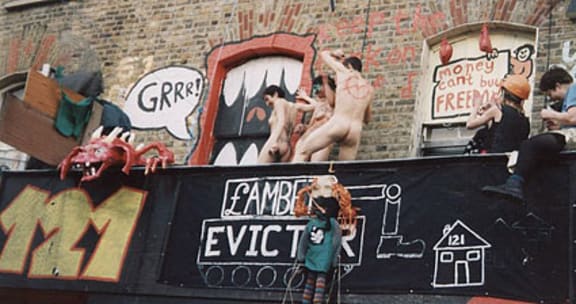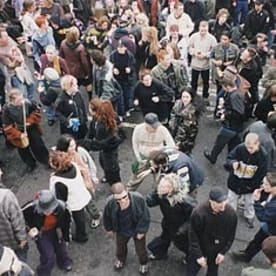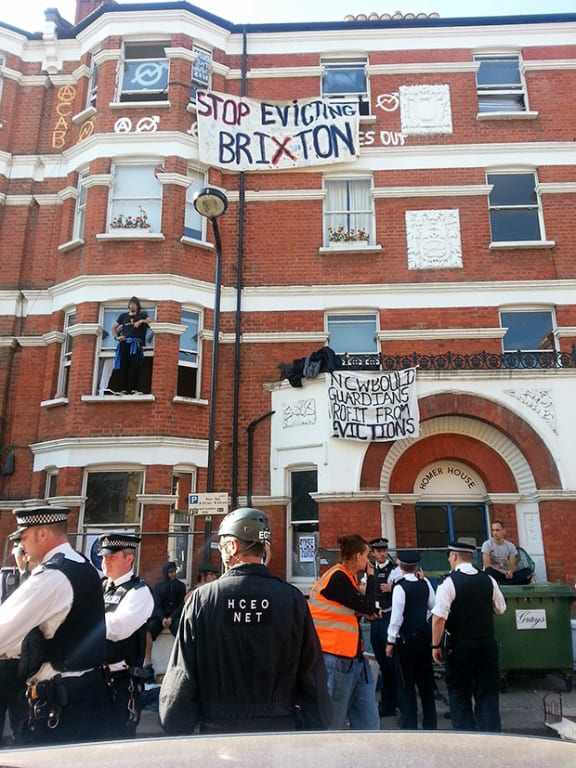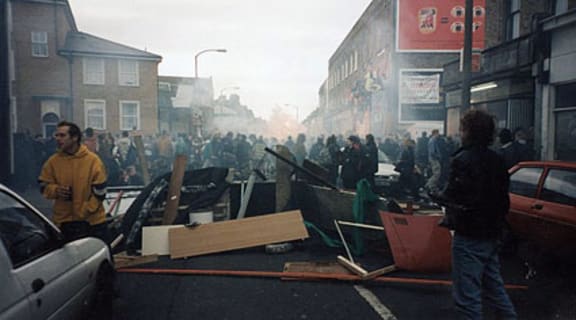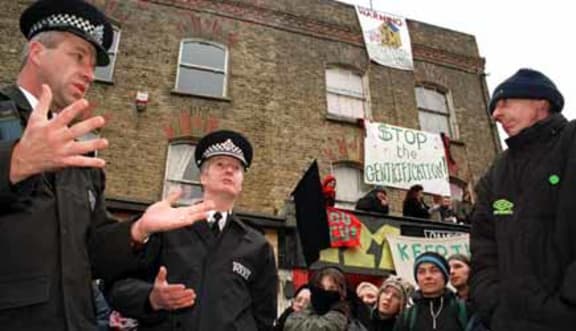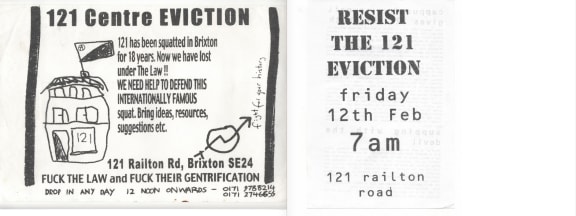The squatting movement is a neglected chapter in the history of European and North American cities, according to a new book.
Alex Vasudevan’s The Autonomous City: A History of Urban Squatting looks at squatters and squatting and the social movements it came from and spawned.
Vasudevan is an associate professor of Human Geography at Oxford University.
He says there have been various motivations for squatting over the years.
The 121 Centre in the south London suburb of Brixton was a squat from 1981 - 1999.
Some squatters were driven by politics, others to preserve historical buildings. But he says the majority did so to meet basic housing needs.
In the period from the late 1960s and early 1970s onwards, thousands of predominantly young people began to occupy empty flats and vacant property in the inner cities. The movement was particularly prevalent in London, Amsterdam, Copenhagen, New York and Vancouver.
However the squatting story in London goes back to the end of World War II when a paucity of housing caused by bombing and thousands of returning servicemen caused a housing crisis.
“Many of whom needed to meet immediate housing needs couldn’t find anywhere to live and so squatted in abandoned military camps across the UK and also empty property in London.
“Many of the stewards involved in moving people into these empty properties were members of the British Communist Party.”
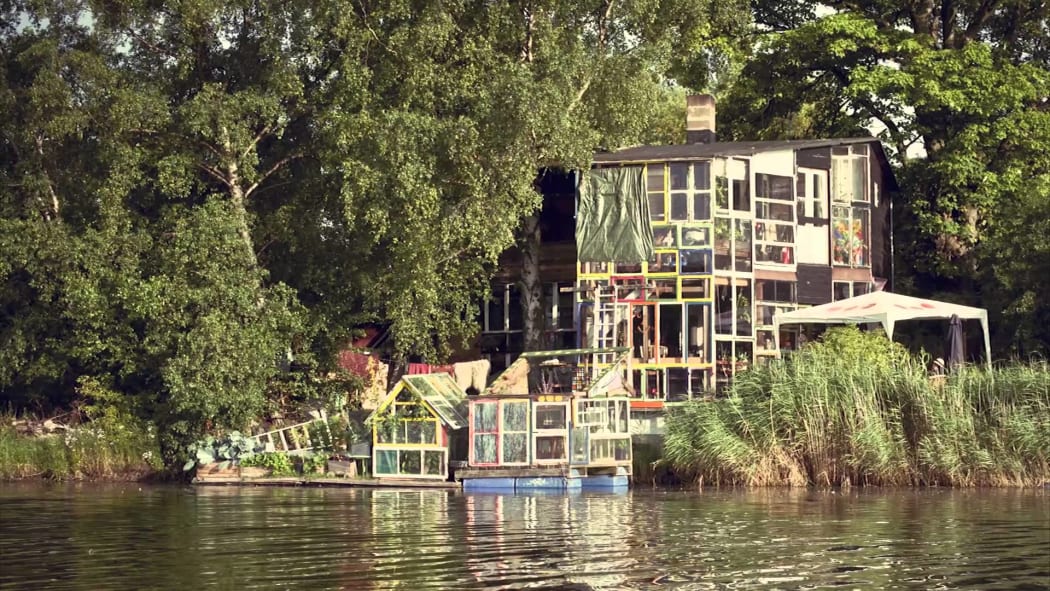
Christiania in Copenhagen Photo: Wikicommons
Later, as the inner cities were abandoned by the middle class in favour of suburban living, empty or derelict property became available.
“There were squatters’ rights in the UK. Should a squatter enter into a property, secure it, not commit any criminal damage and not displace the homeowner, to be evicted the property owner would often require a court order. That often took weeks and months and so that provided a relative degree of protection.”
The people who came to live in these properties, at least in London, were a pretty diverse bunch, he says.
“Some were professionals others were students, others apprentices or some worked in factories so there was a really rich mix of people.
“The one thing that united them was this need to meet basic housing needs, there was a housing crisis in London and at the same time there was a massive amount of empty property.”
Squatting became entangled with the counter culture and political activism in the 1960s and 1970s. One squat in West London, the Republic of Frestonia, declared itself independent of the UK
Empty council property was a popular target for squatters and in the 1980s thousands of people were squatting in London. However, 2013 a law change has made squatting in residential property an offence.
In New York a similar movement stemmed from anger at appalling housing conditions.

Berlin activists Photo: Wikicommons
“African American and Latino communities occupied and renovated buildings in response to poor quality housing and bullying and intimidation from landlords, they simply felt that maybe collectively we could do better and save historical housing stock.”
In Copenhagen squatters moved into an abandoned military area near the city in 1971 and Christiania came to embody the hippie movement, the squatter movement, collectivism and anarchism, in contrast to the site's previous military use. It now has legal status and is one of the most visited areas of Copenhagen by tourists.
As the tide has turned and inner cities have become fashionable and expensive, squatting on the scale of the 1970s and 1980s has declined. Ironically that first wave of bohemians, radicals and squatters often kick-started the process that led to their own demise.
Squatters, Vasudevan says, were the first wave of gentrifiers.
“The edginess that it [squatting] cultivated also has been its downfall.”
